|
1
|
In 323 BC Egypt was conquered by Alexander the Great, at a time when
it had been made part of the Achaemenid Iranian Empire. The conquest
seems to have been seen (or presented) as liberation from Achaemenid
rule.
|
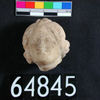 |
|
2
|
After the early death of Alexander the Great his empire
soon fell apart. The provinces were taken over by his former friends
and generals. Ptolemy ruled Egypt as governor and was later crowned
as king Ptolemy I.
|
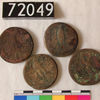 |
|
3
|
The family of Ptolemy I ruled Egypt for almost 300
years. All kings of the period had the name Ptolemy. They are distinguished
by their ancient epithets and a (modern) number: for example Ptolemy
III Euergetes .
|
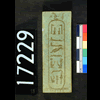 |
|
4
|
The royal women played an important part at the Ptolemaic
court. The Ptolemies often married their sisters, for political and
ideological reasons.
|
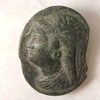 |
|
5
|
The most famous Ptolemaic woman is Cleopatra VII;
she ruled Egypt from 51-30 BC. In her lifetime Egypt lay very much under
the shadow of Roman power. She managed to ally herself with two Roman
leaders, saving Egypt from being absorbed into the growing Roman empire.
|
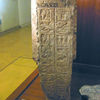 |
|
6
|
The Ptolemaic kings minted coins. Coins became part
of the economic system.
|
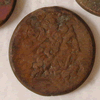 |
|
7
|
The capital of the Ptolemaic empire was Alexandria,
founded by Alexander the Great. However, Memphis remained an important
city. It was the place where the kings were crowned in Pharaonic style.
|
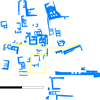 |
|
8
|
Memphis was also an important production centre. There
is archaeological evidence for a variety of workshops producing in both
Egyptian and Hellenistic traditions.
|
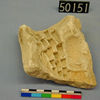 |
|
9
|
With the new rulers many Greek settlers arrived in
Egypt. Especially in the Fayum there were built several new towns.
|
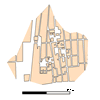 |
|
10
|
At the beginning of the Ptolemaic Period the culture
of Egyptians and Greeks were very much divided. Egyptian style objects
of the early Ptolemaic Period are often hard to distinguish from objects
of the 30th Dynasty.
|
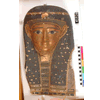 |
|
11
|
There is a continuing large-scale production of funerary
literature, mainly the 'Book of the Dead' written on papyrus and mummy
bandages.
|
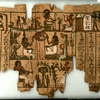 |
|
12
|
Ptolemaic cities also produced objects and arts in
a purely Greek style.
|
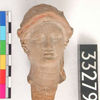 |
|
13
|
However, there is already early on a mixture of styles
and technologies. Faience for example is a typically Egyptian material
(although also well-known to the Greeks). Faience objects were produced
in purely Egyptian, purely Greek or in a Greek-Egyptian style.
|
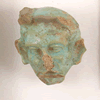 |
|
14
|
Greek became the main language of the administration.
Greek papyri and, to a lesser extent, ostraca are an important source
for many lost classical Greek literary works.
|
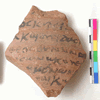 |
|
15
|
Egyptian writing systems were still in use. Egyptian-style
temples and religious monuments (tombs, stelae, coffins etc.) were decorated
with hieroglyphs. Demotic was the main writing system used in daily
life.
|
|
|
16
|
Throughout Egypt many temples were still built in
the traditional Egyptian style and decorated with hieroglyphic inscriptions
and Pharaonic art.
|
 |